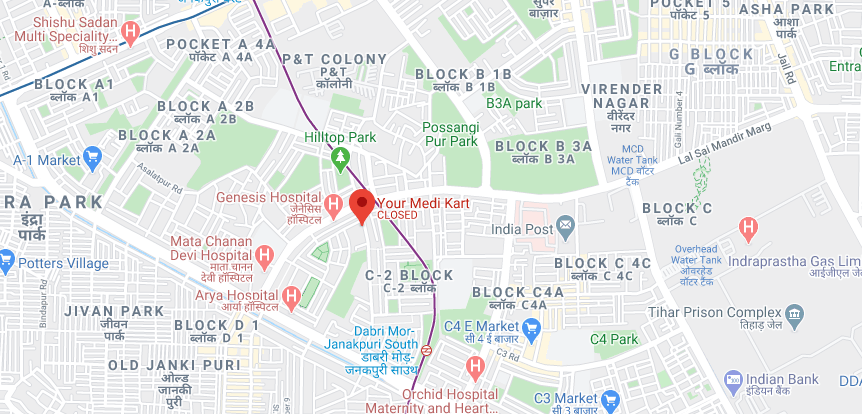The Australian Dollar is currently the fifth-most-traded currency in world foreign exchange markets. It is also used in the Christmas Island, Cocos (Keeling) Islands and Norfolk Island, as well as the independent Pacific Island states of Kiribati, Nauru and Tuvalu. Check live rates, send money securely, set rate alerts, receive notifications and more. These, however, although having the status of legal tender, are almost never circulated or used in payment of debts, and are mostly considered bullion coins.
Since opening in 1965, the Mint has produced more than 14 billion circulating coins, and has the capacity to produce more than two million coins per day, or more than 600 million coins per year. Calculating the conversion of Australian dollars to USD is fairly simple. The Australian dollar is also the currency for Pacific Island states of Nauru, Tuvalu, and Kiribati.
Adam Hayes, Ph.D., CFA, is a financial writer with 15+ years Wall Street experience as a derivatives trader. Besides his extensive derivative trading expertise, Adam is an expert in economics and behavioral finance. Adam received his master’s in economics from The New School for Social Forex Brokers Research and his Ph.D. from the University of Wisconsin-Madison in sociology. He is a CFA charterholder as well as holding FINRA Series 7, 55 & 63 licenses. He currently researches and teaches economic sociology and the social studies of finance at the Hebrew University in Jerusalem.
Australian Dollar
The Xe Rate Alerts will let you know when the rate you need is triggered on your selected currency pairs. AUD (Australian Dollar, or “Aussie”) is the currency abbreviation for the Australian dollar (AUD), the offocial currency for the alvexo review Commonwealth of Australia. The Australian dollar is made up of 100 cents and is often presented with the symbol $, A$, or AU$. The AUD replaced the Australian pound, which was a holdover from its days as a British colony, in 1966.
Any examples given are provided for illustrative purposes only and no representation is being made that any person will, or is likely to, achieve profits or losses similar to those examples. DailyFX Limited is not responsible for any trading decisions taken by persons not intended to view this material. The AUD/USD currency pair tends to be negatively correlated with USD/CAD, as well as the USD/JPY pair, largely because the dollar is the quote currency in these cases. In particular, the AUD/USD pair often runs counter to USD/CAD, as both AUD and CAD are commodity block curre.
Before Federation in 1901, the six colonies that comprised Australia had separate currencies, all of which closely replicated the British currency system, and were usually exchangeable with each other on a one-to-one basis. Hence Federation was not seen as urgently requiring a single, unified currency. For another 10 years, colonial banknotes and coins continued to be the main circulating currencies.
US Dollar to Australian Dollar stats
Dollar (abbreviated USD) is considered the quote currency, or the denomination in which the price quote is given. The first polymer banknote was issued in 1988 as a $10 note[27] commemorating the bicentenary of European settlement in Australia. The note depicted on one side a young male Aboriginal person in body paint, with other elements of Aboriginal culture. On the reverse side was the ship Supply from the First Fleet, with a background of Sydney Cove, as well as a group of people to illustrate the diverse backgrounds from which Australia has evolved over 200 years.
Trading the AUD/USD currency pair is also known as trading the “Aussie.” On the other hand, the AUD and NZD tend to be positively correlated. Early Currency in AustraliaWhen New South Wales was first established in 1788 the English Pound was the official currency, although Spanish Dollars were used quite regularly. In 1813, to try to discourage the illegal use of Spanish Dollars, the centers of the coins were cut out; they became known as ‘holey dollars’ and the cores were called ‘dumps’; this was Australia’s first form of coinage.
- The AUD replaced the Australian pound, which was a holdover from its days as a British colony, in 1966.
- The correlation with USD/CAD could also be due to the positive correlation between the Canadian and Australian economies (both resource-dependent).
- In 1813, to try to discourage the illegal use of Spanish Dollars, the centers of the coins were cut out; they became known as ‘holey dollars’ and the cores were called ‘dumps’; this was Australia’s first form of coinage.
- In 1988, banknotes were converted to polymer, a technology originally developed in Australia to help prevent counterfeiting.
- Pre-decimal Australian coins remain legal tender for 10 cents per shilling.
- Due to its relatively high interest rates, the Australian Dollar is often used in carry trades with the Japanese Yen.
Commemorative designs have also been featured on the circulating two dollar, one dollar, and 20 cent coins. Since Australia is one of the world’s largest coal and iron ore exporters, the value of its currency is heavily dependent on commodity prices. During the commodity slump of 2015, oil prices hit decade lows and both iron ore and coal prices dropped to recent lows. As a result, the Australian dollar weakened sharply, falling more than 15 percent against the U.S. dollar reaching parity against the New Zealand dollar (NZD) – levels not seen since the 1970s. In 1937, a banking royal commission,[a] appointed by the Lyons government, recommended that Australia adopt “a system of decimal coinage … based upon the division of the Australian pound into 1000 parts”.[17] This recommendation was not accepted either.
Australian Dollar to US Dollar stats
From the Pound Sterling to the Australian DollarIn 1825, the government imposed the Sterling standard and British coins began to be minted in Australia. These silver and bronze coins continued to be used until 1910, when a new national currency, the Australian Pound, was introduced. The Australian Pound was fixed in value to the Pound Sterling and, as a result, used a gold standard.
Australia also prints polymer banknotes for a number of other countries through Note Printing Australia, a wholly owned subsidiary of the Reserve Bank of Australia. Many other countries are showing a strong interest in the new technology. Several countries use the U.S. dollar as their official currency, and many others allow it to be used in a de facto capacity. Once you know that information, multiply the amount you have in USD by the current exchange rate. The resulting number will show you the amount of U.S. dollars that you have to spend on your trip.
With a mass of 15.55 grams (0.549 oz) and a diameter of 31.51 millimetres (1+1⁄4 in), the Australian 50-cent coin is one of the largest coins used aafxtrading review in the world today. U.S. dollars may also be accepted outside of the U.S. including in Vietnam, Costa Rica, Peru and certain parts of Mexico.
The other option is to do the calculation manually using a simple mathematical formula. However, in order to do this, you need to know the current exchange rate. Keep in mind that exchanging currency often comes with added fees that a conversion calculator won’t be able to predict. For instance, credit card companies and ATM networks usually charge a 1% conversion fee on all foreign transactions. Individual merchants may also charge supplemental fees if you ask them to convert the price of an item to your home currency at checkout. The AUD is managed by the Reserve Bank of Australia (RBA) is the central bank of Australia, which sets the country’s monetary policy and issues and manages the Australian money supply.
Pre-decimal Australian coins remain legal tender for 10 cents per shilling. Before 2006 the old New Zealand 5, 10 and 20 cent coins were often mistaken for Australian coins of the same value, and vice versa, and therefore circulated in both countries. The UK replaced these coins with smaller versions from 1990 to 1993, as did New Zealand in 2006. Still, some confusion occurs with the larger-denomination coins in the two countries; Australia’s $1 coin is similar in size to New Zealand’s $2 coin, and the New Zealand $1 coin is similar in size to Australia’s $2 coin.
What Is the AUD (Australian Dollar)?
The bank, entirely owned by the Australian government, was established in 1960. The AUD/USD is affected by factors that influence the value of the Australian dollar and/or the U.S. dollar in relation to each other and other currencies. This includes geographical factors such as the production of commodities (coal, iron ore, copper) in Australia, political factors such as the business environment in China (a major customer for Australian commodities), and interest rate influences. A currency pair tells the reader how much of one currency is needed to purchase one unit of another currency. In this case, the Australian Dollar (abbreviated AUD) is considered the base currency, and the U.S.



